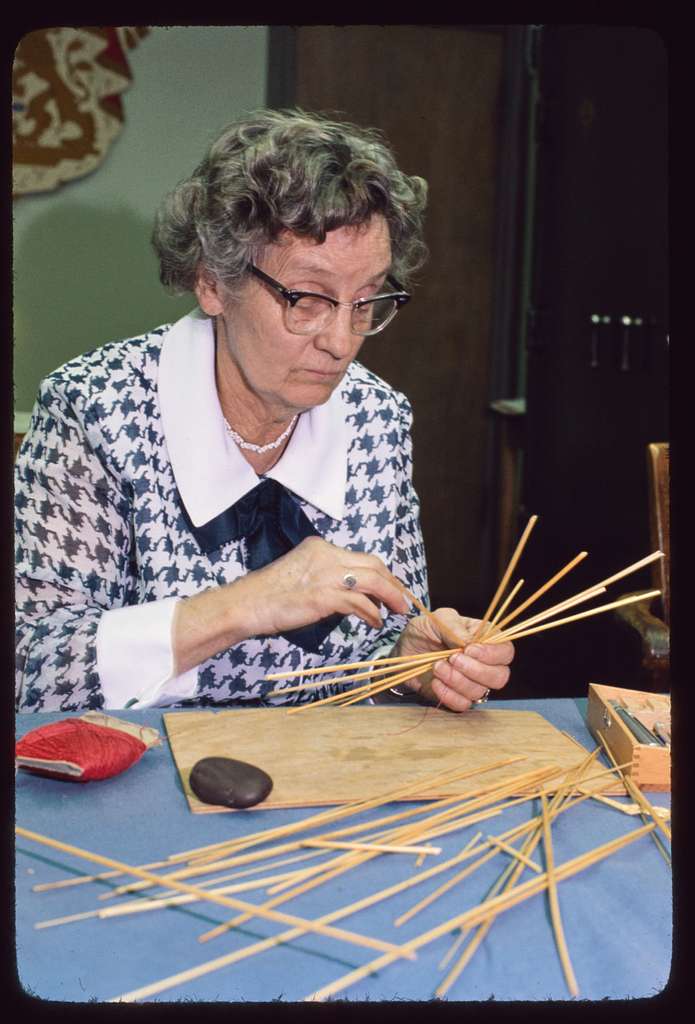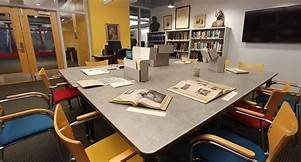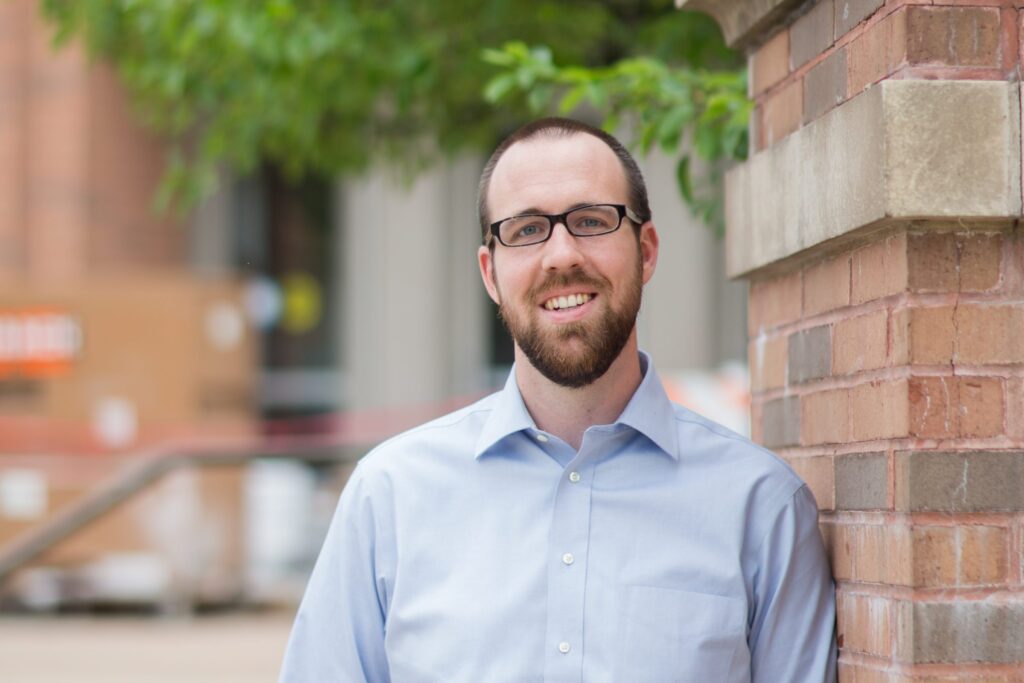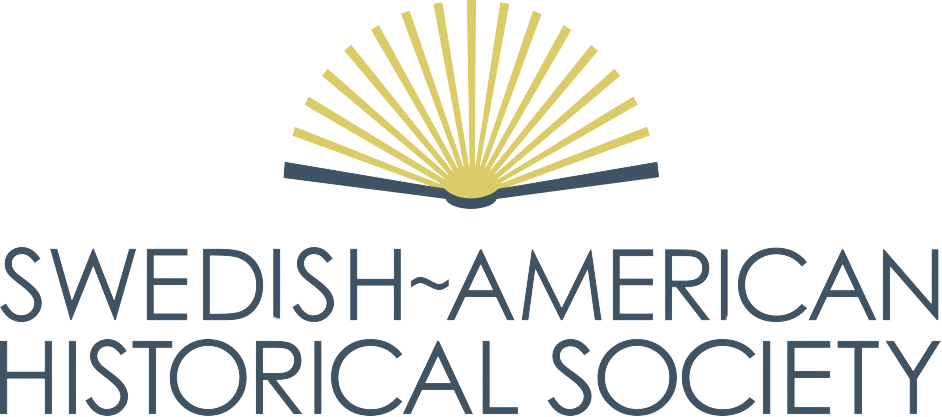Collection and preservation of documents was one of the original purposes of the Swedish-American Historical Society (initially Swedish Pioneer Historical Society) set forth in its 1948 constitution, but it was not until fourteen years later, in 1962, that an archives committee was named under the leadership of E. Gustav Johnson. This followed prodding by a Chicago public school teacher and new Society member, Selma Jacobson, who challenged a conference session at Northwestern University in Evanston, “Somebody ought to begin to collect things.” After the committee was named, she embarked on a personal campaign to bring an archives into existence. At the annual meeting at Kendall College in 1965, she offered a resolution, written on an envelope and adopted, establishing the archives.

Selma, born in Joliet, Illinois, the daughter of Swedish immigrants, later became chair of the committee, succeeding Johnson. Her vision was “a central archive which might serve the entire country.” She set to work, arranging meetings, visiting other archives and collecting. Her first major acquisition was the papers of Karl Hjalmar Lundquist, lawyer and former City of Chicago assistant corporation counsel, in 1967. By the 1968 annual meeting at the University of Chicago, she was able to mount an exhibit of 15 charts displaying selections from the archives resulting from her tireless collection efforts. Words that best describe her are “indefatigable” and “persistent.” Her philosophy was “never say no” to any materials, which piled up in her garage.
After three years of preliminary work in establishing the archives, the Society in 1968 secured a commitment of space from North Park College and the archives were opened in 1969 in the college’s Wallgren Library, bringing together files from Johnson’s office and Selma’s garage. By 1972, however, the Society’s president, Wesley Westerberg, warned that, “We have reached the point where we must decide either to restrict this activity or secure larger and perhaps more permanent quarters.”
In the mid-seventies, new quarters were obtained in the North Park seminary building, Nyvall Hall. The space was double that in the old Wallgren Library, but the archives outgrew it, too; worse, there were serious flooding problems. Transfer of the archives to Augustana College was discussed, but the decision ultimately was made to stay at North Park, after the president, Lloyd Ahlem, said he felt they definitely should remain on the campus and that it could be possible to set up a legal arrangement whereby the college would take over the archives should anything unforeseen happen to the Society.
In 1977, the Society received its first major contribution, a $7,344 check from the Chicago Area Swedish Commission for the American Bicentennial. Vilas Johnson, its secretary, wrote that the Society could spend the money as it saw fit, but that the commission suggested it be used to improve the archive functions, especially in terms of more room at North Park and professional help. He paid tribute to “the unselfish and valuable services” of Selma Jacobson and said the gift was “a result of our appreciation for what the archives have become, mostly because of her labors and interest.”Regular smaller gifts also came in Selma’s honor from the American Daughters of Sweden.

On Feb. 5, 1985, Philip J. Anderson (from both North Park Seminary and the Society’s board of directors) was named chair of an Archives Planning Committee. The committee worked with North Park College and on Jan. 29, 1986, brought a recommendation to the Society board that the college’s Center for Scandinavian Studies assume management of the archives under a trustee arrangement. An agreement was approved by the board Nov. 22, 1986. In 2001, the archives of the Covenant Church, North Park University, and the Society were brought together in the F.M. Johnson Archives and Special Collections in the university’s new Brandel Library.
The Swedish-American Archives of Greater Chicago (SAAGC) have also modernized and updated the collection guidelines. Gone now are the days of Selma Jacobson, who accepted and collected any and all materials she came across. Now materials for the Archives must fit with narrower acquisition criteria that match the Archives’ geographic and content guidelines.

The SAAGC today collect and make available the rich documentary record of the Swedish-American experience in Chicago. Manuscript collections include organizational records of local Swedish-American groups (including the Swedish-American Historical Society) and personal papers of Swedish Americans. A library of Swedish and English language periodicals and books, largely Chicago imprints, complements the archival collection. Much of the SAAGC holdings are in the Swedish language.
Since 2001, the Society’s SAAGC have been located in the climate-controlled quarters in Brandel Library, under the direction of professionally-trained archivists, which have included Ellen Engseth, Steve Elde, Anne Jenner, and Anna-Kajsa Anderson. Our current archivist is Andrew “Andy” Meyer, who supervises not only the Society’s archives, but those of the Covenant Church and North Park University as well.
On Saturday, October 21st, from 3:00 to 5:00 p.m., as part of the Society’s 75th anniversary celebrations, the Swedish-American Archives of Greater Chicago will host an exhibit and reception at Brandel Library on the campus of North Park University, 3225 West Foster Avenue in Chicago. The event will feature guest speakers and discussion, and is free and open to the public.
